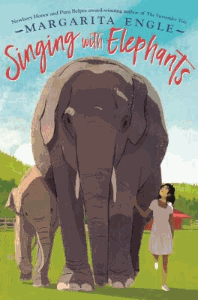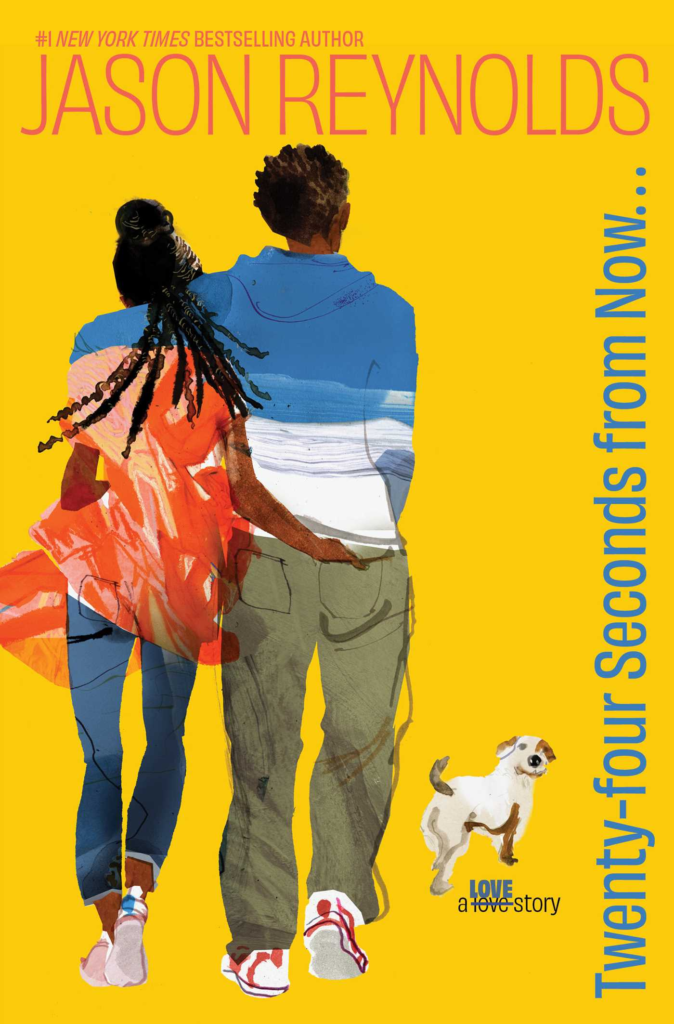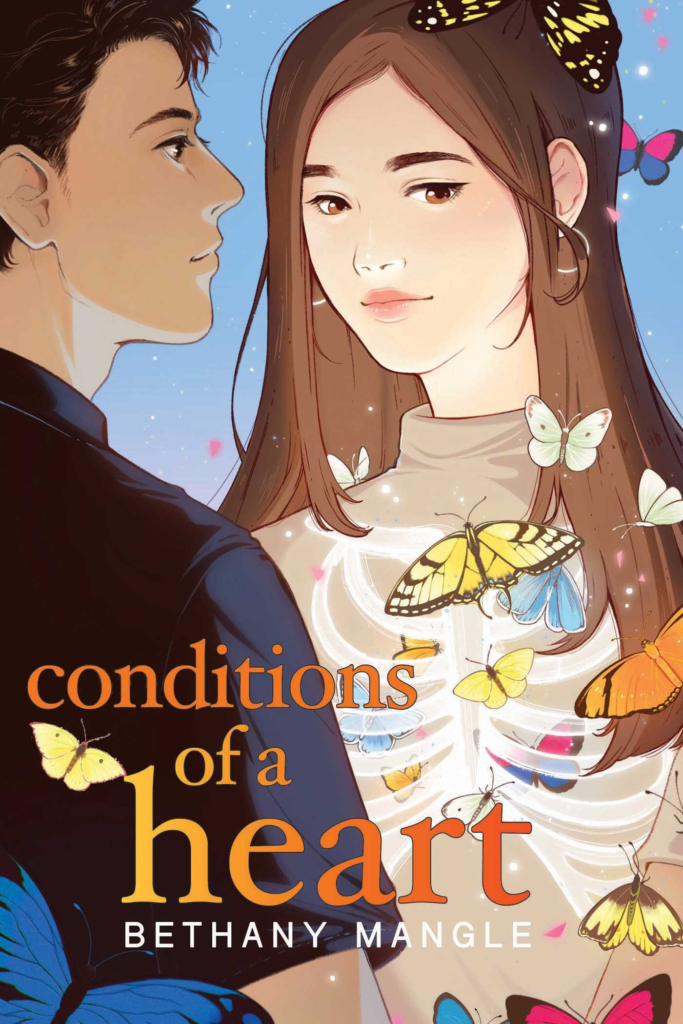
written by Nicholas DeShaw and illustrated by Tara Audibert
Loaf the Cat (she looks like a loaf of bread) loves her boy, Charlie. She plays with him, purrs a lot and looks for him when he is gone one day. She finds him at the powwow, where he is dancing the grass dance in the regalia he made while she played with the ribbons. She is so happy to see him that she jumps on his shoulder and stays there as he dances, happily part of the experience. After they went home, the boy asked Loaf if she wanted to go to another powwow and she happily purred.
This book is a burst of energy and colorful illustrations as we meet a lovable cat and her boy, Charlie. The story is told from the cat’s perspective as she spend time with her boy, playing and watching him create his regalia and joins him at his first powwow as a dancer. Their bond is evident throughout and the end is fitting – we know that this is the first of many powwows together for this pair! There are some words that might be unfamiliar to readers, including regalia, powwow, “miigwech” and “howah”. But, readers will enjoy delving more deeply into the meaning of those words, which will lead to more insight into the Native American cultures portrayed in the story.










